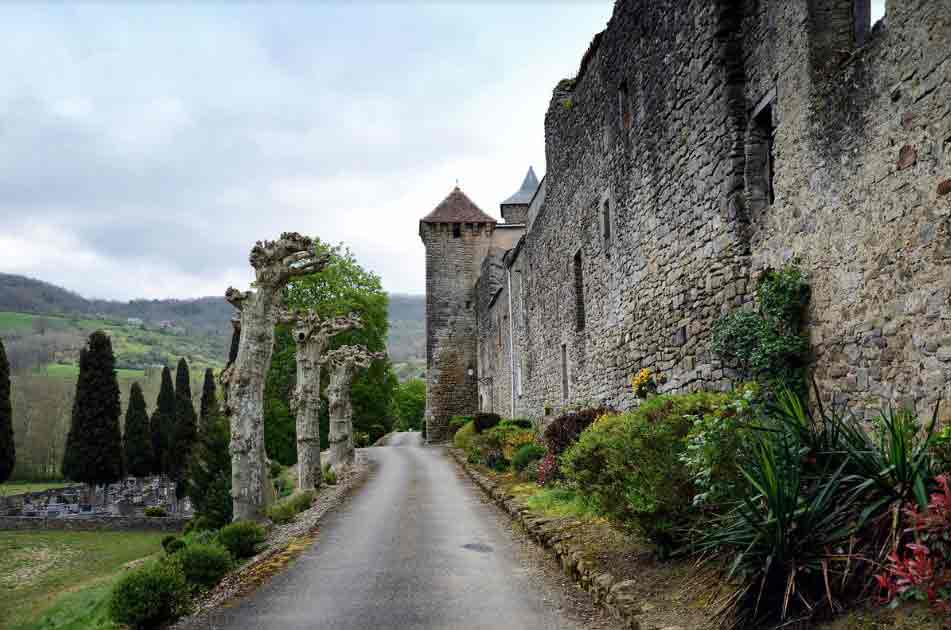
Just east of the Ariège department, the village of Camon, listed as one of France's most beautiful villages, is well worth a visit.
Situated in the meander formed by the river Hers, its name comes from the Gallo-Roman "cambo dunum", meaning the fortress of the meander.
A little history...
In 778, on his return from Spain, Charlemagne is said to have ordered the construction of a monastery and a small church.
On June 18, 1279, Camon, like all the villages in the Hers valley, was destroyed by the great flood caused by the bursting of the natural dam holding back Lake Puivert.
Rebuilt between 1280 and 1316, Camon suffered further outrages. In 1494, the church and monastery were largely destroyed and ruined by highwaymen.
It wasn't until 1502, with the election of Philippe de Lévis, Bishop of Mirepoix, that all the buildings visible today were rebuilt.
Camon offers a wide range of attractions, including the medieval village, the ramparts, the church, the abbey, the dry-stone huts...
Dry-stone huts...
The establishment of the priory in the 10th century created the need to cultivate the area around the village, which meant clearing as much land as possible from the neighboring hills. The inhabitants and monks had to be fed, new peasants had to be settled, and heavy dues had to be paid to the Abbey of Lagrasse.
The cultivation of the poudingues required a great deal of stonework, the creation of terraces, restanques and other retaining walls, calades (paved sloping paths), waterworks and spring catchments, all of which can still be seen today.
The twentieth century saw the landscape inexorably transformed, with the abandonment of vineyards caused by phylloxera at the beginning of the century. Fields were replaced by scrubland, coppice and meadows. The landscape became more enclosed, pluriactivity made its appearance and livestock farming, especially cattle, became increasingly important.
In 1998, the municipality set about rediscovering some of these buildings and restoring them to their original condition. The paths were reopened and the huts were entered in the local land register.
In 2006, a young people's project restored some of the low walls on the terraces.
The village of 400 rosebushes
"18 years ago, we created the Floralies de Camon, very modestly," recalls mayor Jean Huillet. Today, the Rose Festival has become a key regional event.
Camon has already been awarded numerous departmental trophies for towns and villages in bloom, the "2e fleur" distinction recently obtained, and the "Plus beau village de France" label.
It takes place every 3rd Sunday in May.
Mairie de Camon
8, rue Georges d'Armagnac
09500 Camon
Tél. : 05 61 68 12 07






